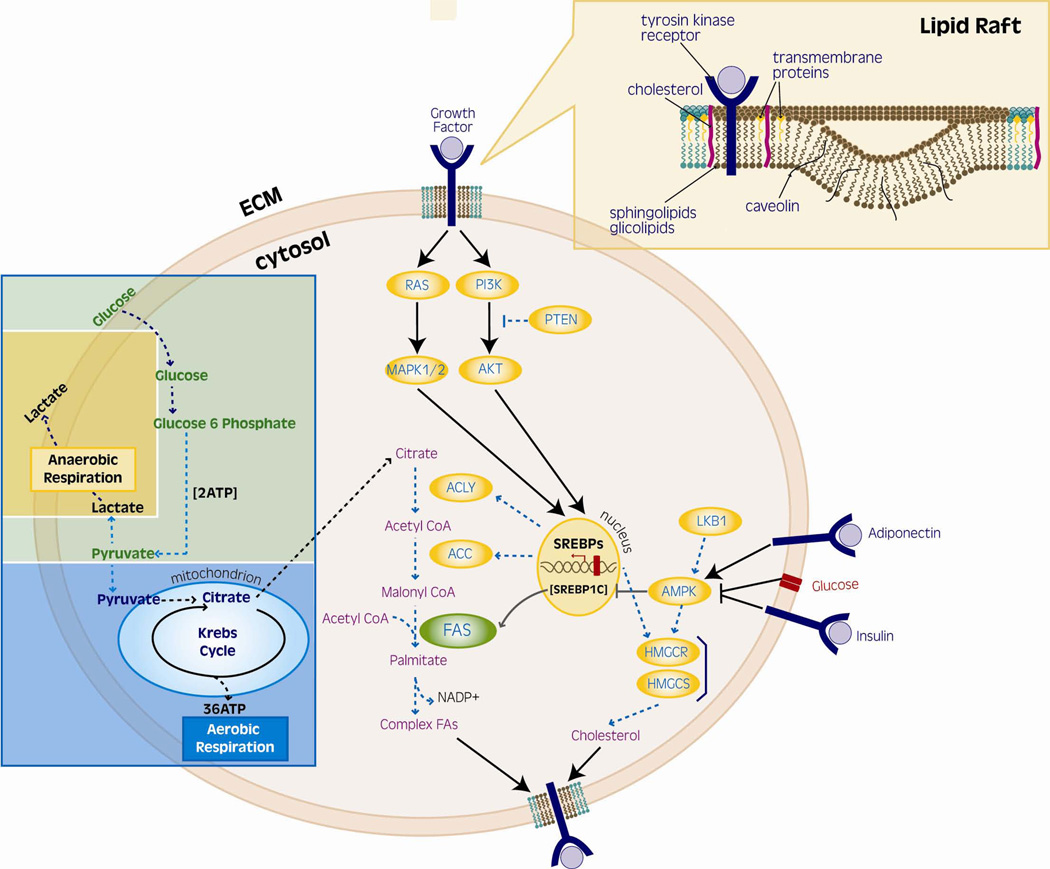Figure 1. Lipogenesis from glucose metabolism and lipid rafts genesis.
The pathway involving the conversion of glucose to fatty acids (FAs) begins with citrate metabolism. In health, citrate is fully oxidized into the Krebs cycle to generate ATP. In tumour cells, citrate is preferentially transported to the cytoplasm, where it is converted into acetyl-CoA, which constitutes the building block of FAs. Complex FAs, in turn, tend to partition into detergent-resistant membrane microdomains called lipid rafts, which have a role in cell membranes genesis and signalling molecules regulation.Key molecule in this metabolic switch-essential for tumour cells survival-is FASN, the enzyme that catalyzes the first step of de novo synthesis of FAs.

